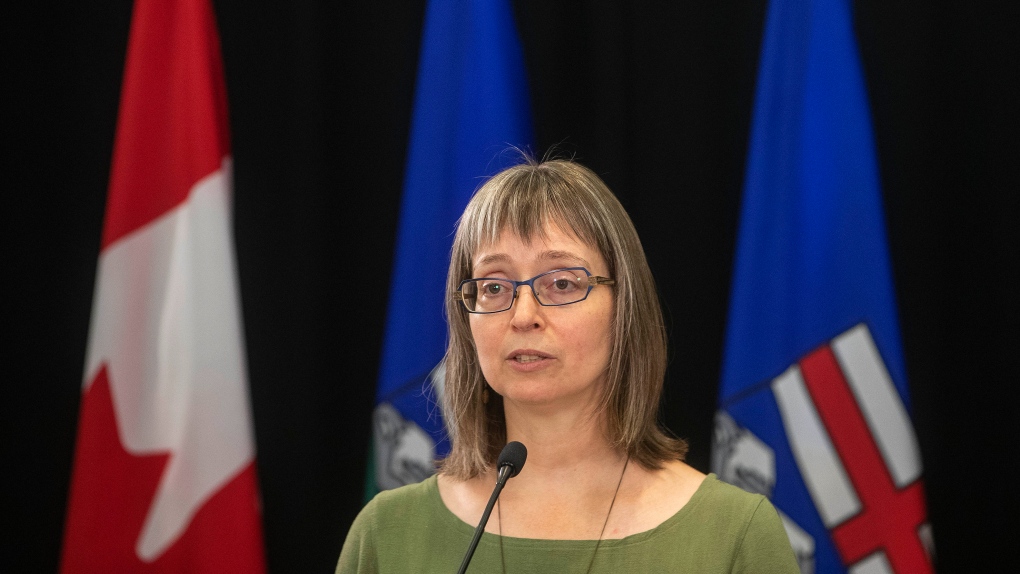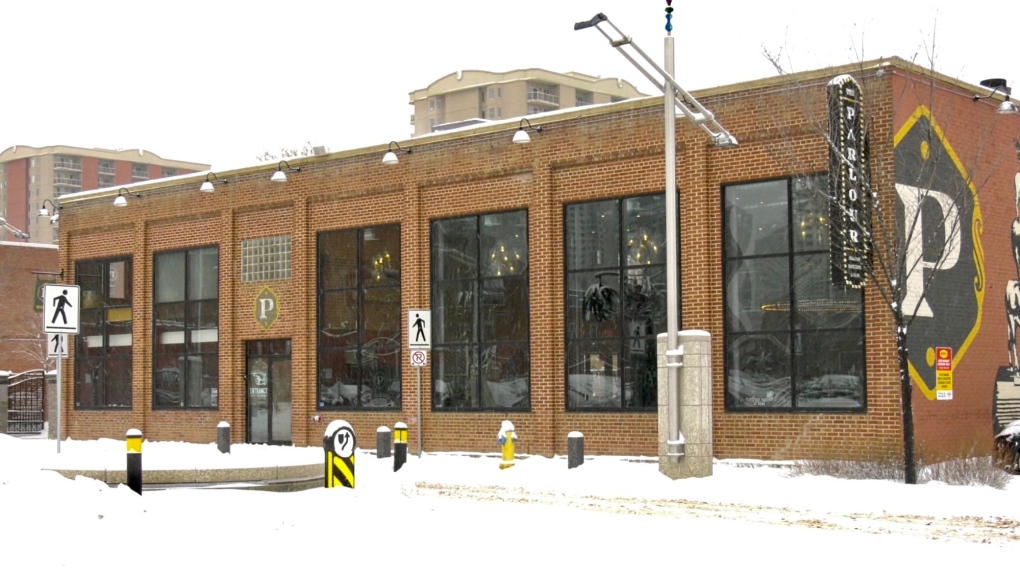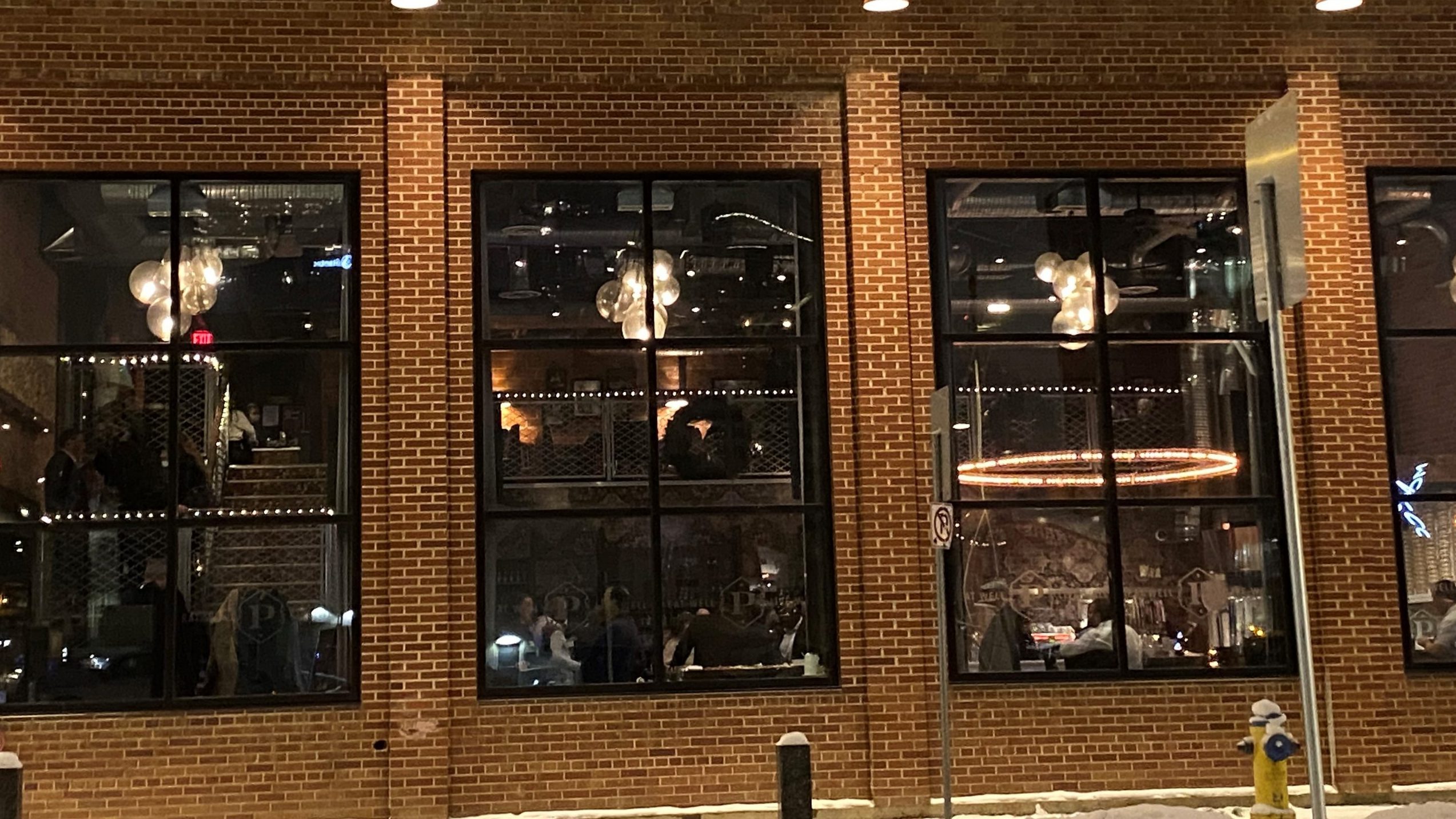Kyle Bakx
Carbon pricing and the pressure to reduce global warming is sparking competition in Alberta to secure space underground to stash away harmful greenhouse gas emissions generated by oil and gas operations, agriculture and other industries.
Enthusiasm for carbon capture and storage (CCS) facilities has returned to the province more than a dozen years after former Premier Ed Stelmach committed $2 billion to kickstart the nascent industry. To this day, the number of CCS facilities can be counted on one hand, but that could soon change.
The provincial government has begun accepting proposals to set up CCS hubs throughout Alberta. The hub operator will be chosen tolook after injecting carbon emissions underground, in what could be described as underground carbon landfills, and ensure the gases are safely deposited.
At the same time, the federal government is developing an investment tax credit to incentivize more CCS construction to help reduce the country's emissions.
Several companies like Shell Canada and Enbridgeare already publicly announcing their interest in developing large-scale CCS projects in Alberta as they compete to secure the rights to pore space between rock, usually a few kilometres underground.
It's a technology that has its critics, both in terms of how realistically it can be scaled and whether it makes financial sense for governments and industry to pursue. Last year, the International Energy Agency noted CCS "has not lived up to its promise" yet as its been slow to develop, but there was growing investment worldwide
With most plans to reach net-zero by 2050, including Canada's, counting on some sort of CCS, many in Alberta are keen to take part
.

© Kyle Bakx/CBC Quest is located at Shell's Scotford complex northeast of Edmonton. After the emissions are captured using a product called amine, the CO2 is pressurized into a liquid and transported 65 kilometres by pipeline, then injected underground.
Competition underway
As companies announce their own targets for net-zero emissions by 2050, most include plans to reduce emissions with efficiencies and new technology, but also, almost always, a mention of carbon sequestration.
Shell Canada has operated the Quest CCS project near Fort Saskatchewan, northeast of Edmonton, for more than six years and is one of the players vying for pore space from the Alberta government.
"This is going to be a really important part ... of ensuring that within the country, Canada, we can meet the obligations and commitments to net-zero by 2050. And of course, avoid climate change of more than 1.5 Celsius," said Mark Pattenden, a senior vice-president with Shell and leader of its Scotford complex, which includes an oilsands refinery, chemical facilities and the Quest project.
Shell is proposing a new CCS project called Polaris, which could be built adjacent to Quest.

© Kyle Bakx/CBC The Quest project is monitored at a control centre located at the Scotford site.
Whoever is chosen as an operator of a CCS hub facility will not only be allowed to sequester its own emissions, but must also accept CO2 captured from other nearby facilities and inject them underground. The operator would charge a fee for transportation and access to the system.
The provincial government wants to create a hub with a single operator, compared to allowing several companies to drill injection wells in the same area, to improve safety and monitoring, while keeping costs low.
"Industry players must uphold those highest standards to give the public confidence because if there is a, God forbid, a rogue player in there, that's not going to inspire confidence in anyone, even if we've been doing it for many years," said Pattenden.
Plenty of bids expected
Suncor, ATCO, TC Energy, Pembina Pipeline, Capital Power and Enbridge are among the companies involved in proposing CCS projects in the province.
Some companies, including a consortium of oilsands producers, want government support to construct the facilities because they say CCS is a cost, rather than a money-making venture. Others, including Shell, say the projects could be built without public money based on the current and projected price of the carbon tax and the Clean Fuel Standard.
The federal carbon tax is set to rise to $170 a tonne by 2030 from the current $40, making it more expensive to pollute and making carbon sequestration more economically competitive. Shell's Quest cost about $80 per tonne to construct and operate and the company had said any future facilities would be more efficient.
Whoever is chosen as an operator of a CCS hub facility will not only be allowed to sequester its own emissions, but must also accept CO2 captured from other nearby facilities and inject them underground. The operator would charge a fee for transportation and access to the system.
The provincial government wants to create a hub with a single operator, compared to allowing several companies to drill injection wells in the same area, to improve safety and monitoring, while keeping costs low.
"Industry players must uphold those highest standards to give the public confidence because if there is a, God forbid, a rogue player in there, that's not going to inspire confidence in anyone, even if we've been doing it for many years," said Pattenden.
Plenty of bids expected
Suncor, ATCO, TC Energy, Pembina Pipeline, Capital Power and Enbridge are among the companies involved in proposing CCS projects in the province.
Some companies, including a consortium of oilsands producers, want government support to construct the facilities because they say CCS is a cost, rather than a money-making venture. Others, including Shell, say the projects could be built without public money based on the current and projected price of the carbon tax and the Clean Fuel Standard.
The federal carbon tax is set to rise to $170 a tonne by 2030 from the current $40, making it more expensive to pollute and making carbon sequestration more economically competitive. Shell's Quest cost about $80 per tonne to construct and operate and the company had said any future facilities would be more efficient.

© Kyle Bakx/CBC The injection well at Enhance Energy's Clive project
is used to send CO2 emissions underground.
The Alberta government declined an interview request and wouldn't say how many hubs it plans to create or how many proposals it has received. Government officials say the first successful hub operator will be located in the industrial heartland area near Edmonton and will be announced by March 2022. Applications for other parts of the province will be accepted beginning in the spring.
"What you don't want is a proliferation of small projects, I think, because we want very technically sophisticated people operating these injection facilities," said Nigel Bankes, a professor emeritus of law at the University of Calgary, who has studied the liabilities and regulations of the CCS industry for almost a decade.
Meanwhile, the federal government has a goal of reducing emissions by at least 15 megatonnes of CO2 annually with its proposed investment credit for CCS projects. Canada produces about 700 megatonnes of CO2 annually.
Alberta and Saskatchewan could store an estimated 190,000 to 640,000 megatonnes of CO2, according to the Canada Energy Regulator.
Fertilizer producers, natural-gas fired power plants, and oilpatch companies are among the variety of firms wanting to invest in CCS. The City of Medicine Hat is also applying to secure pore space to store the emissions from its power plants as well as carbon dioxide from heavy industries in the city.
Already, some companies are putting carbon to use in the province and are ready to expand.
"Our geology is second to none in the world for doing this," said Candice Paton, with Calgary-based Enhance Energy, which operates a CCS facility north of Red Deer. (That facility uses a process called enhanced oil recovery or EOR, where captured CO2 is used to help extract more crude from underground. EOR is excluded from the new provincial hub system.)
"This is the opportunity of a generation for Alberta, to allow industry to find value in making sure their emissions are being permanently sequestered," said Paton.
The Alberta government declined an interview request and wouldn't say how many hubs it plans to create or how many proposals it has received. Government officials say the first successful hub operator will be located in the industrial heartland area near Edmonton and will be announced by March 2022. Applications for other parts of the province will be accepted beginning in the spring.
"What you don't want is a proliferation of small projects, I think, because we want very technically sophisticated people operating these injection facilities," said Nigel Bankes, a professor emeritus of law at the University of Calgary, who has studied the liabilities and regulations of the CCS industry for almost a decade.
Meanwhile, the federal government has a goal of reducing emissions by at least 15 megatonnes of CO2 annually with its proposed investment credit for CCS projects. Canada produces about 700 megatonnes of CO2 annually.
Alberta and Saskatchewan could store an estimated 190,000 to 640,000 megatonnes of CO2, according to the Canada Energy Regulator.
Fertilizer producers, natural-gas fired power plants, and oilpatch companies are among the variety of firms wanting to invest in CCS. The City of Medicine Hat is also applying to secure pore space to store the emissions from its power plants as well as carbon dioxide from heavy industries in the city.
Already, some companies are putting carbon to use in the province and are ready to expand.
"Our geology is second to none in the world for doing this," said Candice Paton, with Calgary-based Enhance Energy, which operates a CCS facility north of Red Deer. (That facility uses a process called enhanced oil recovery or EOR, where captured CO2 is used to help extract more crude from underground. EOR is excluded from the new provincial hub system.)
"This is the opportunity of a generation for Alberta, to allow industry to find value in making sure their emissions are being permanently sequestered," said Paton.

© Mark Matulis/CBC It's an exciting time in Alberta, says Enhance Energy's Candice Paton, as the CCS industry grows to include more large emitters from different industries across the province.
Environmental impact
There is a growing consensus among experts that CCS has a role to play in tackling climate change, said Sara Hastings-Simon, a University of Calgary assistant professor who focuses on sustainable energy development.
Still, it's important that industry find ways to reduce its emissions, before using carbon capture techniques.
"You're basically just paying to remove carbon," Hastings-Simon, who describes CCS as neither good nor bad, but a nuanced issue.
"You have a set of people who are legitimately pursuing a technology that is going to be a part of a net-zero future and then you have another set of people that are using it as a sort of justification for continuing to operate in the way that they have been," she said.
Some companies have said they would still like to construct CCS projects in Alberta outside of the proposed hub system, especially in remote areas where it could be expensive to build pipelines to transport carbon emissions to an injection facility.
There is a growing consensus among experts that CCS has a role to play in tackling climate change, said Sara Hastings-Simon, a University of Calgary assistant professor who focuses on sustainable energy development.
Still, it's important that industry find ways to reduce its emissions, before using carbon capture techniques.
"You're basically just paying to remove carbon," Hastings-Simon, who describes CCS as neither good nor bad, but a nuanced issue.
"You have a set of people who are legitimately pursuing a technology that is going to be a part of a net-zero future and then you have another set of people that are using it as a sort of justification for continuing to operate in the way that they have been," she said.
Some companies have said they would still like to construct CCS projects in Alberta outside of the proposed hub system, especially in remote areas where it could be expensive to build pipelines to transport carbon emissions to an injection facility.
AND CLOSER TO DRIED OUT OIL WELLS WHERE THE CO2 IS USED TO FRACK THEM
 © CBC
© CBC















